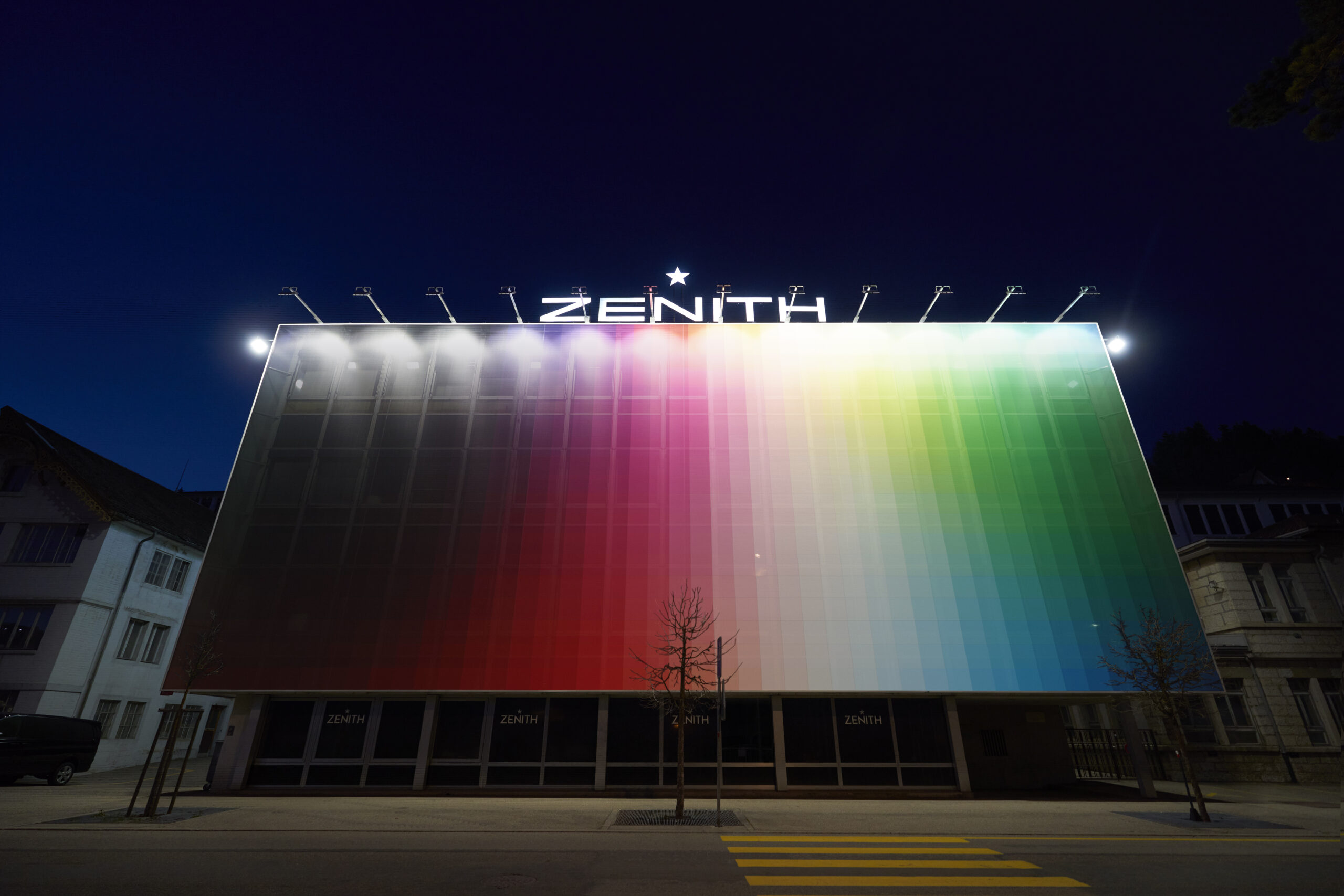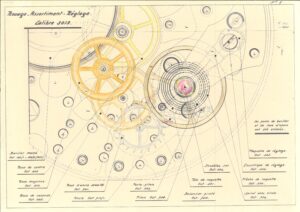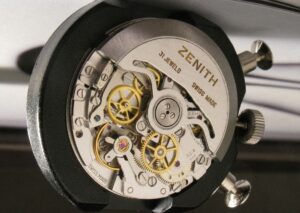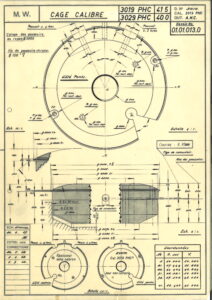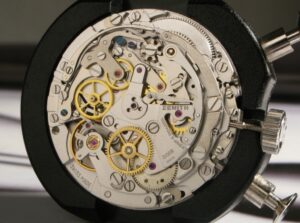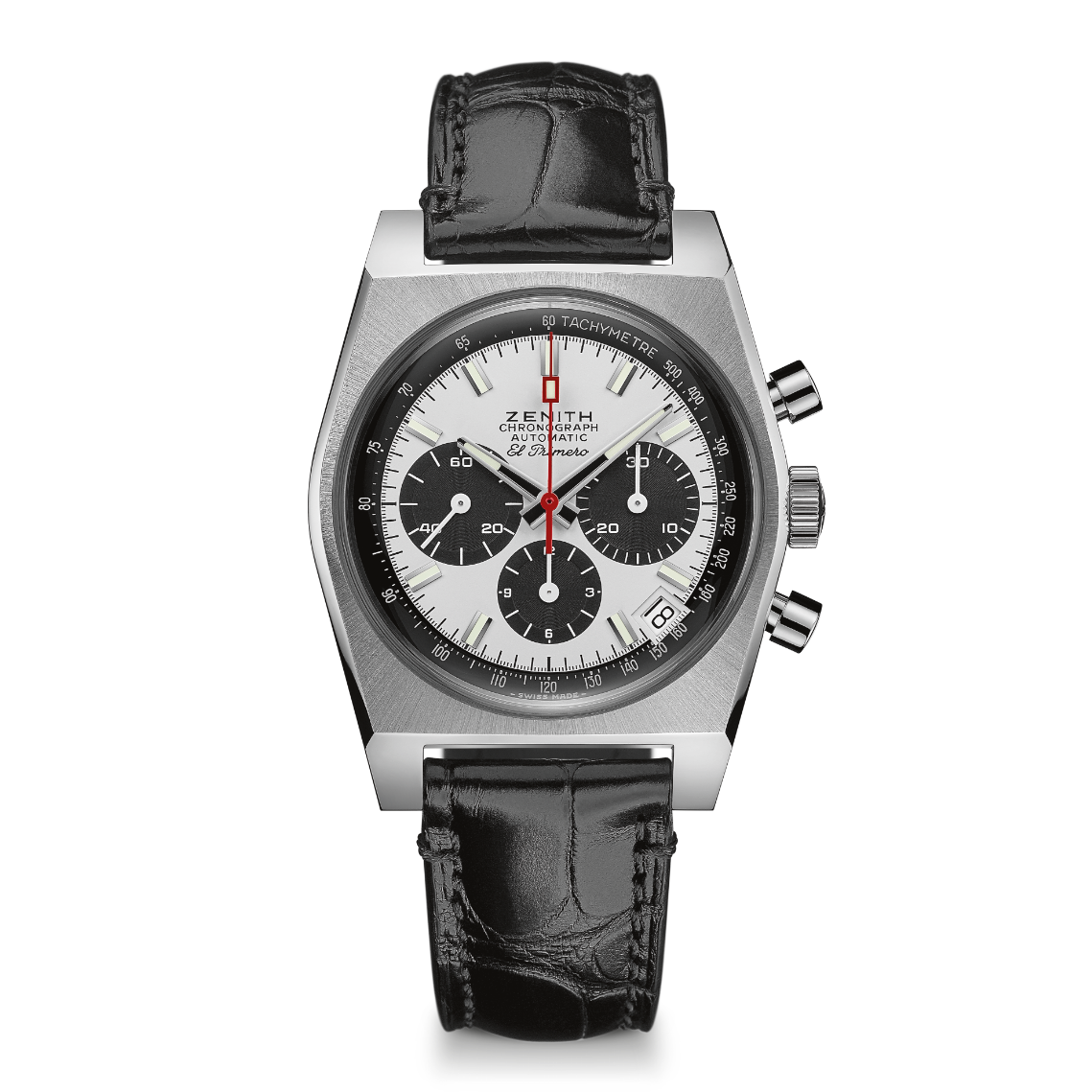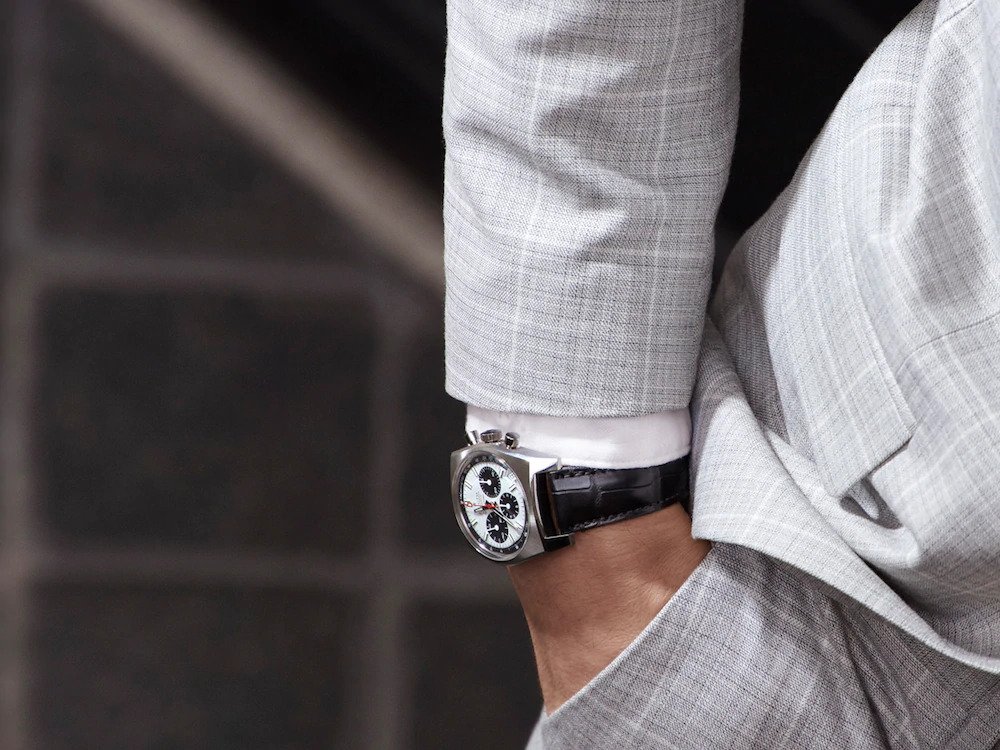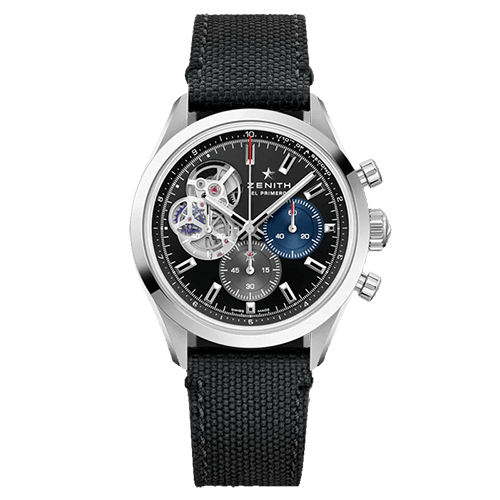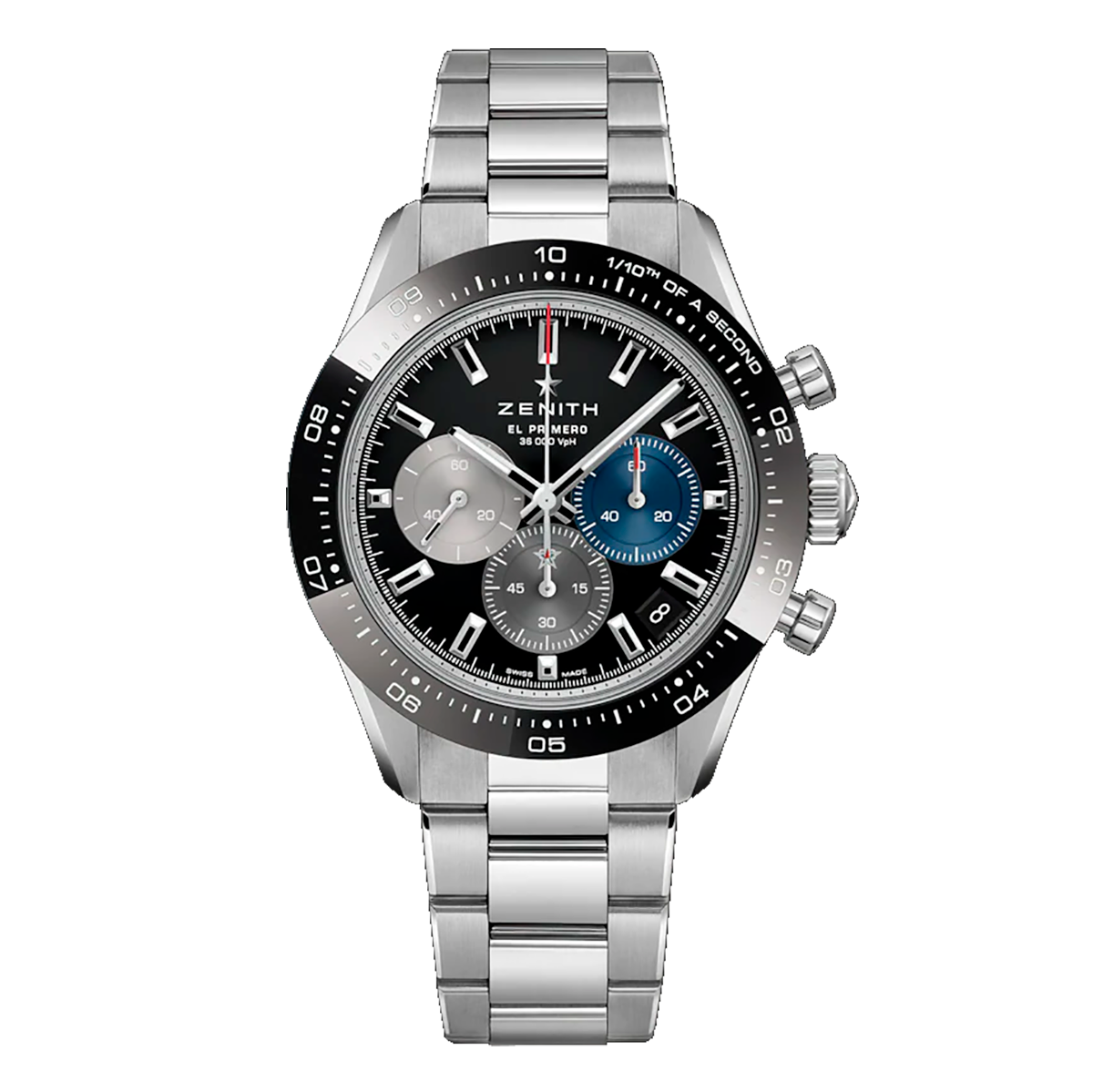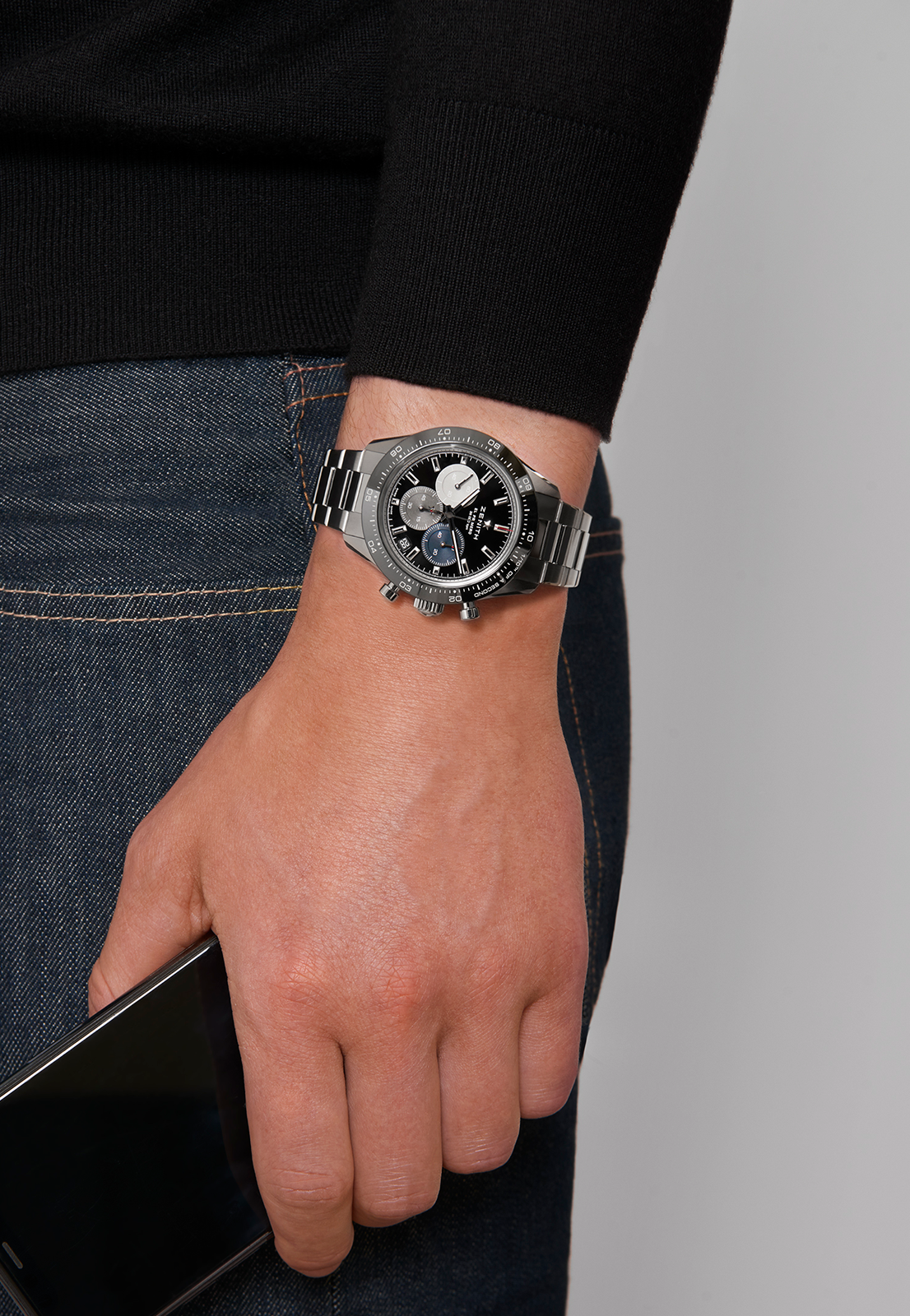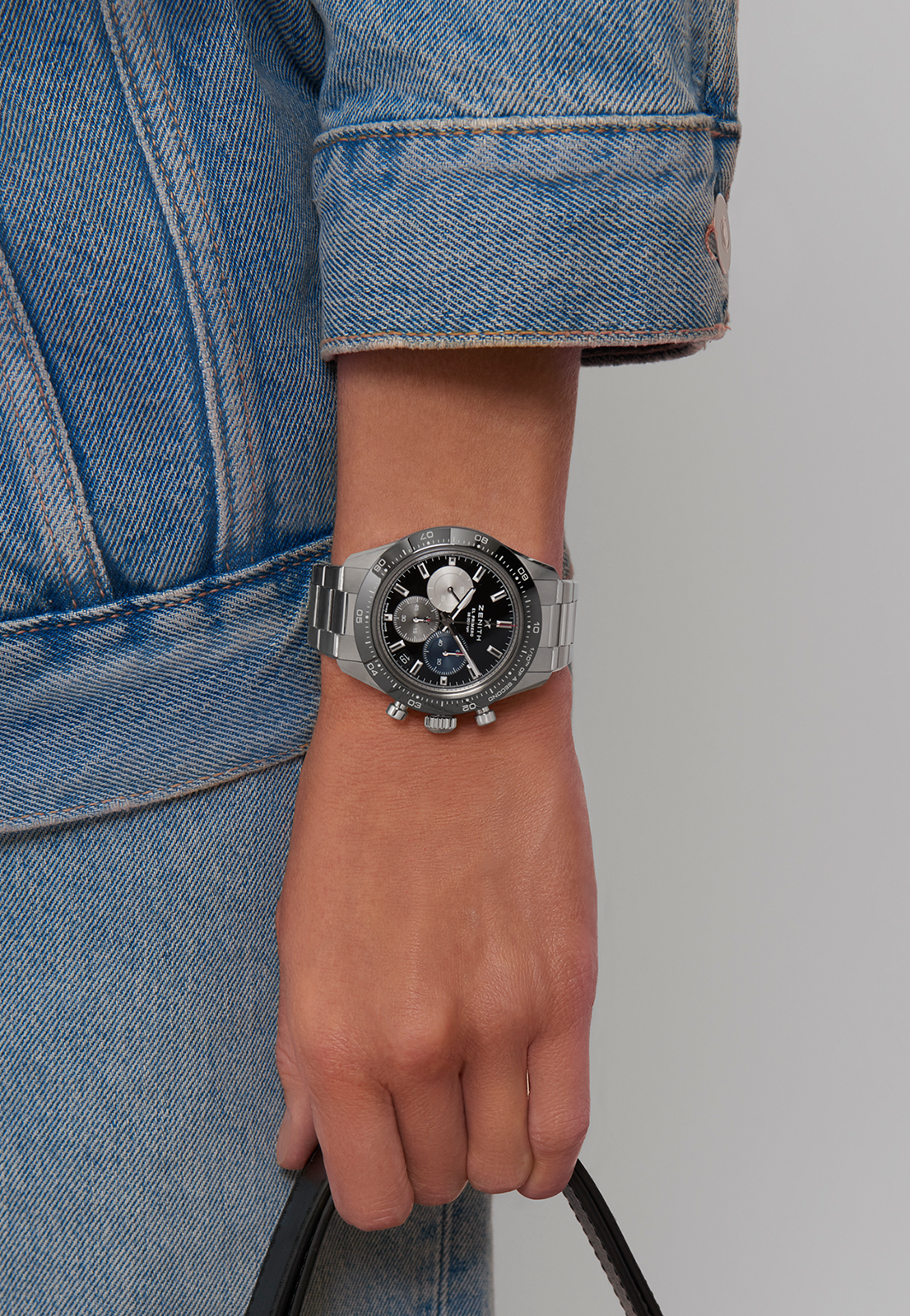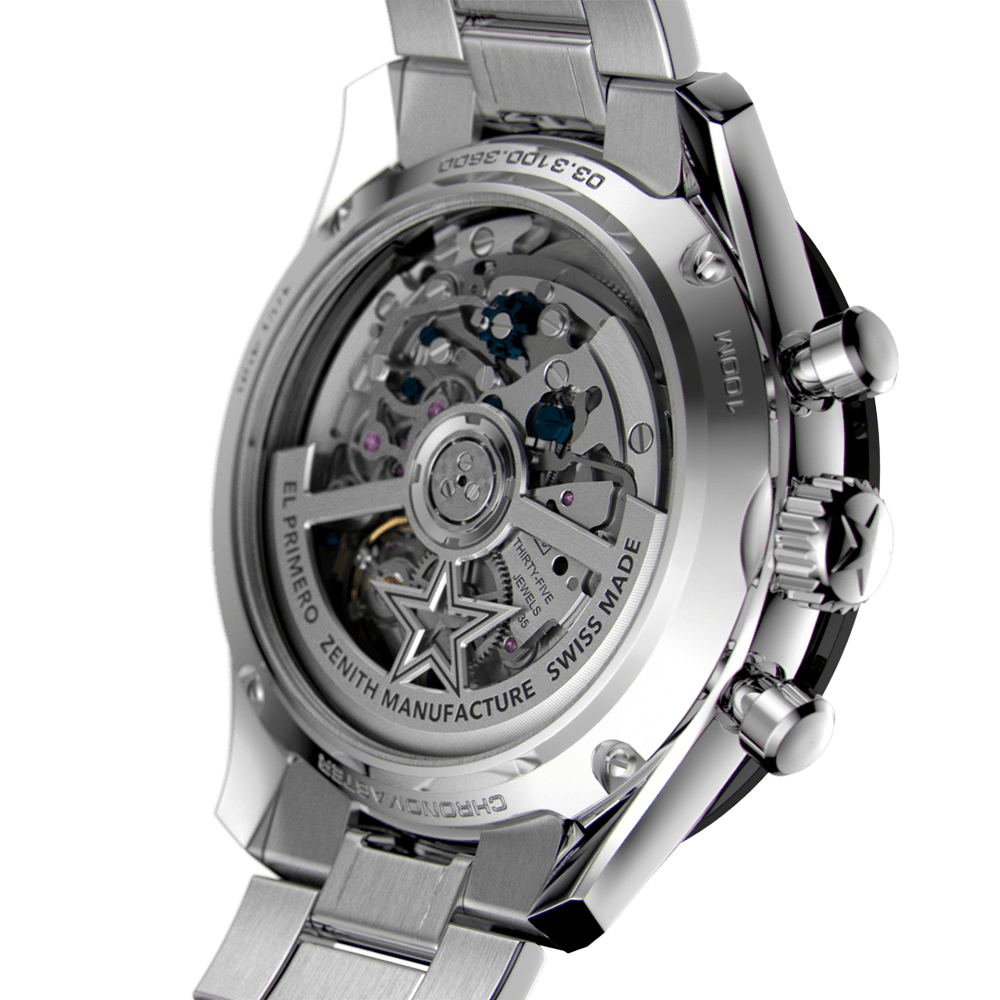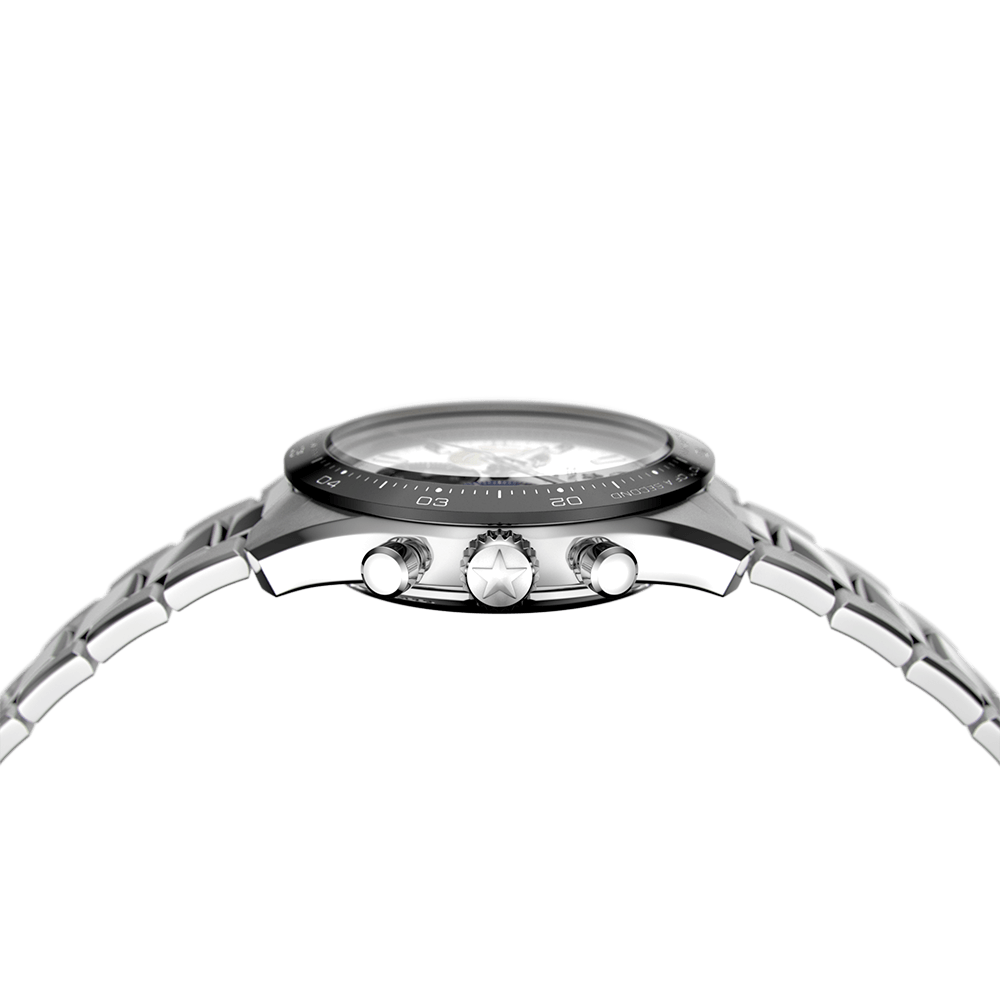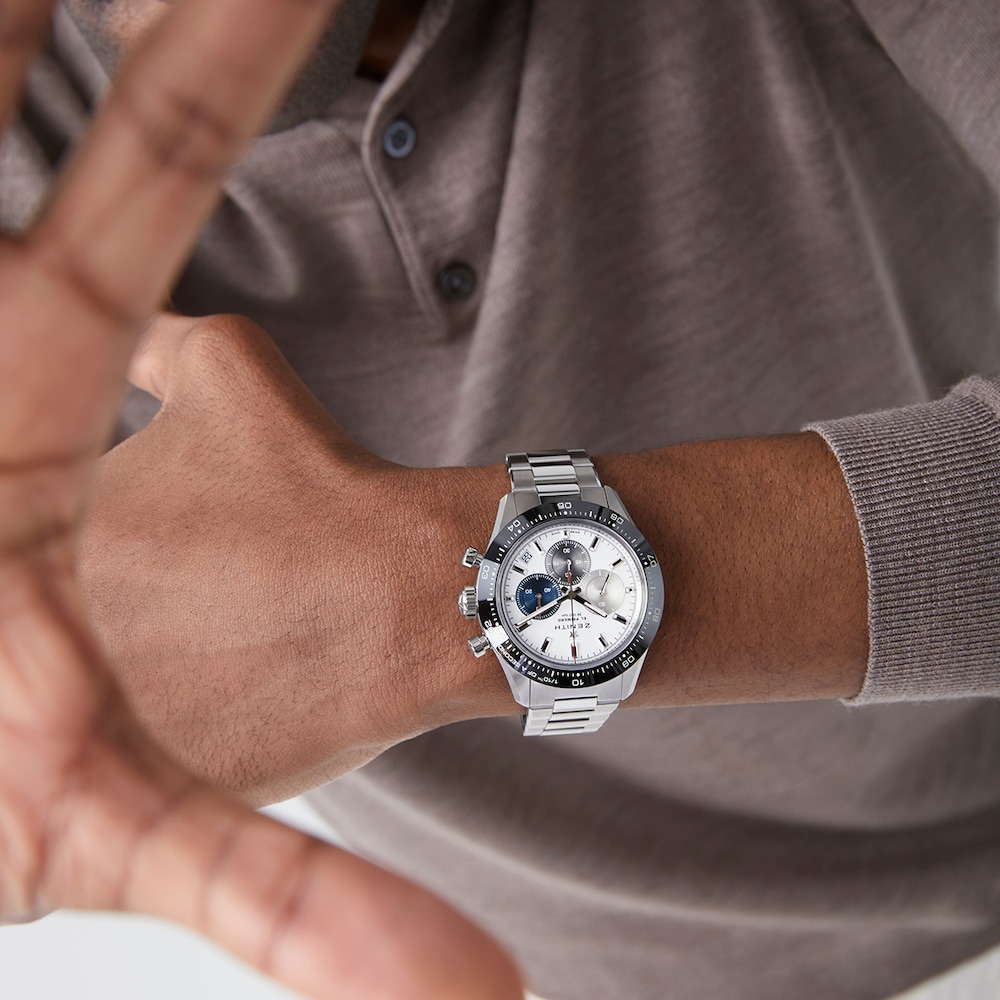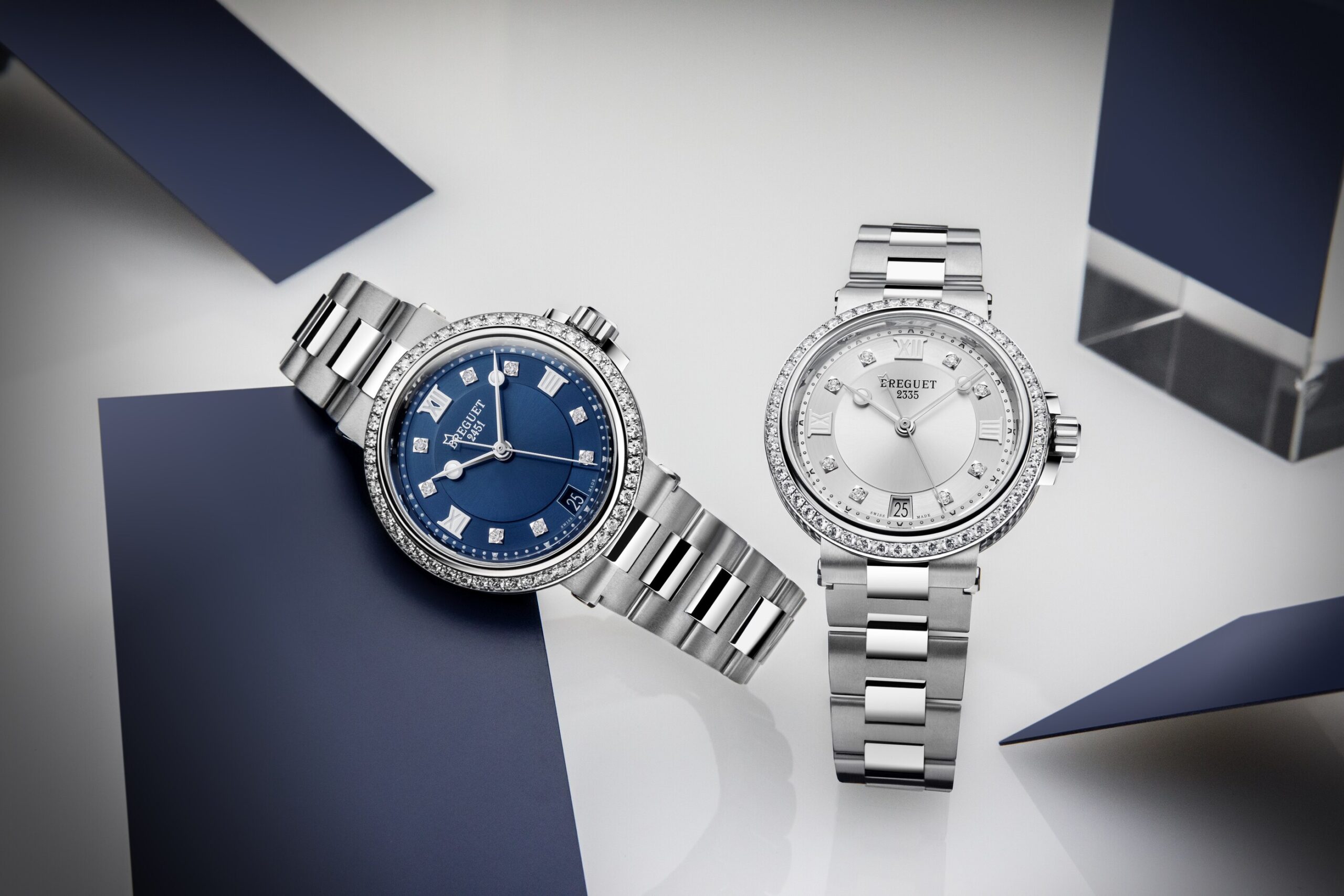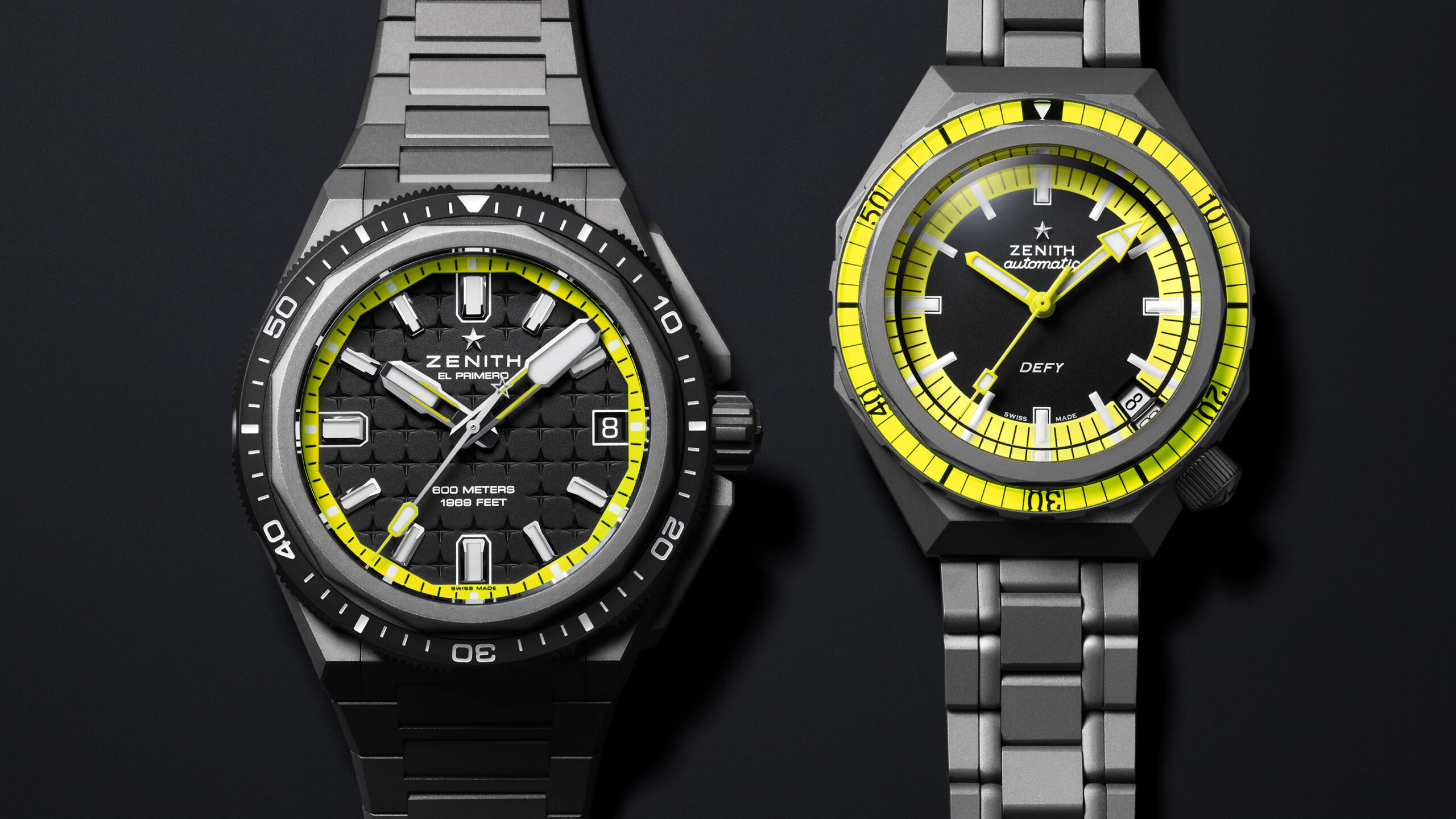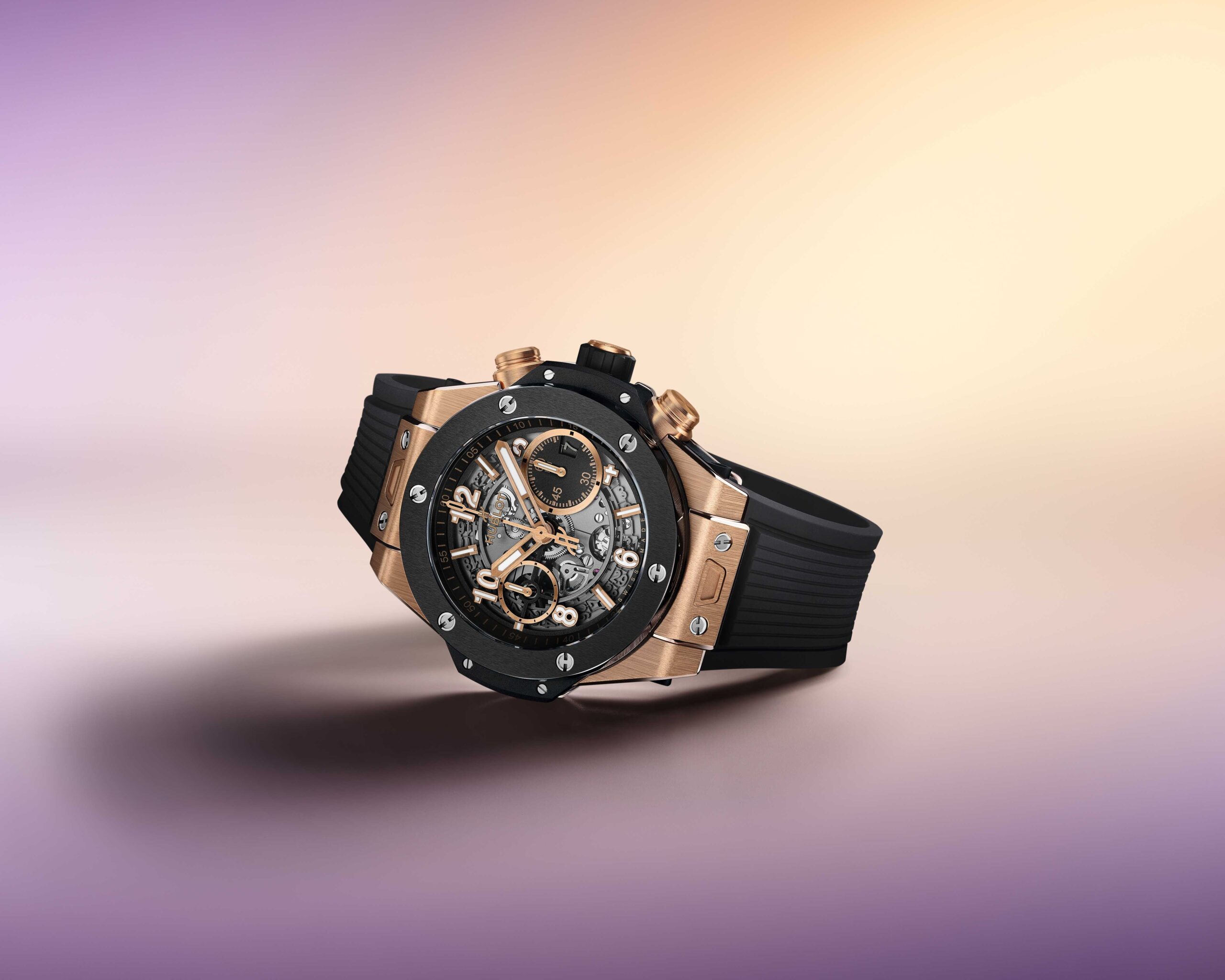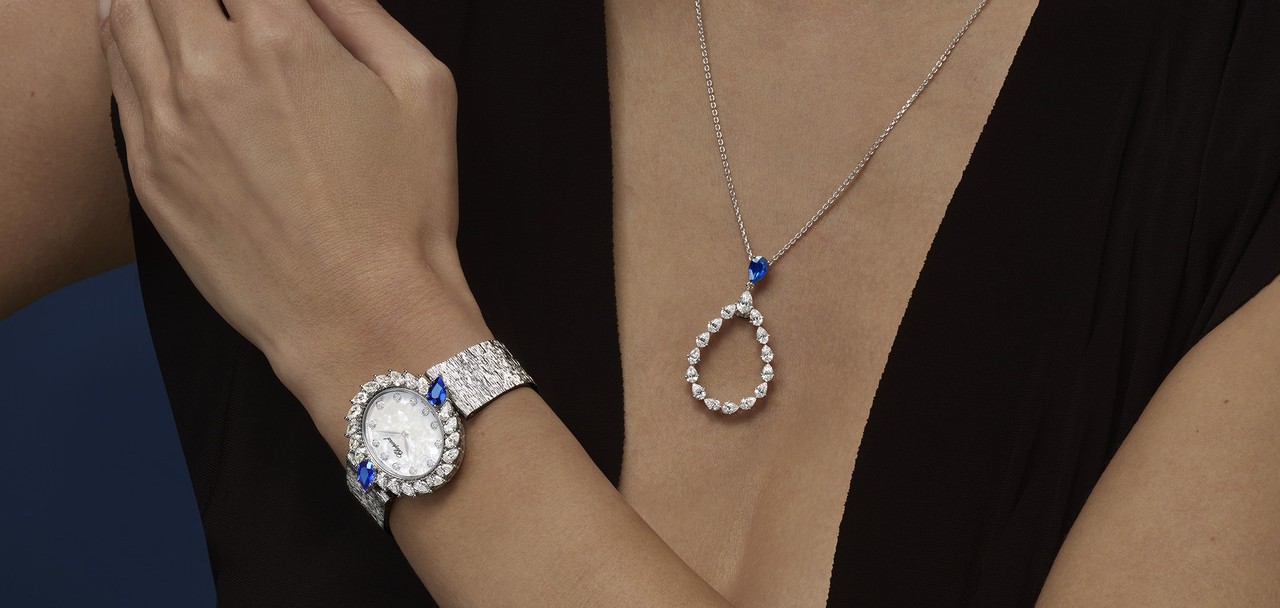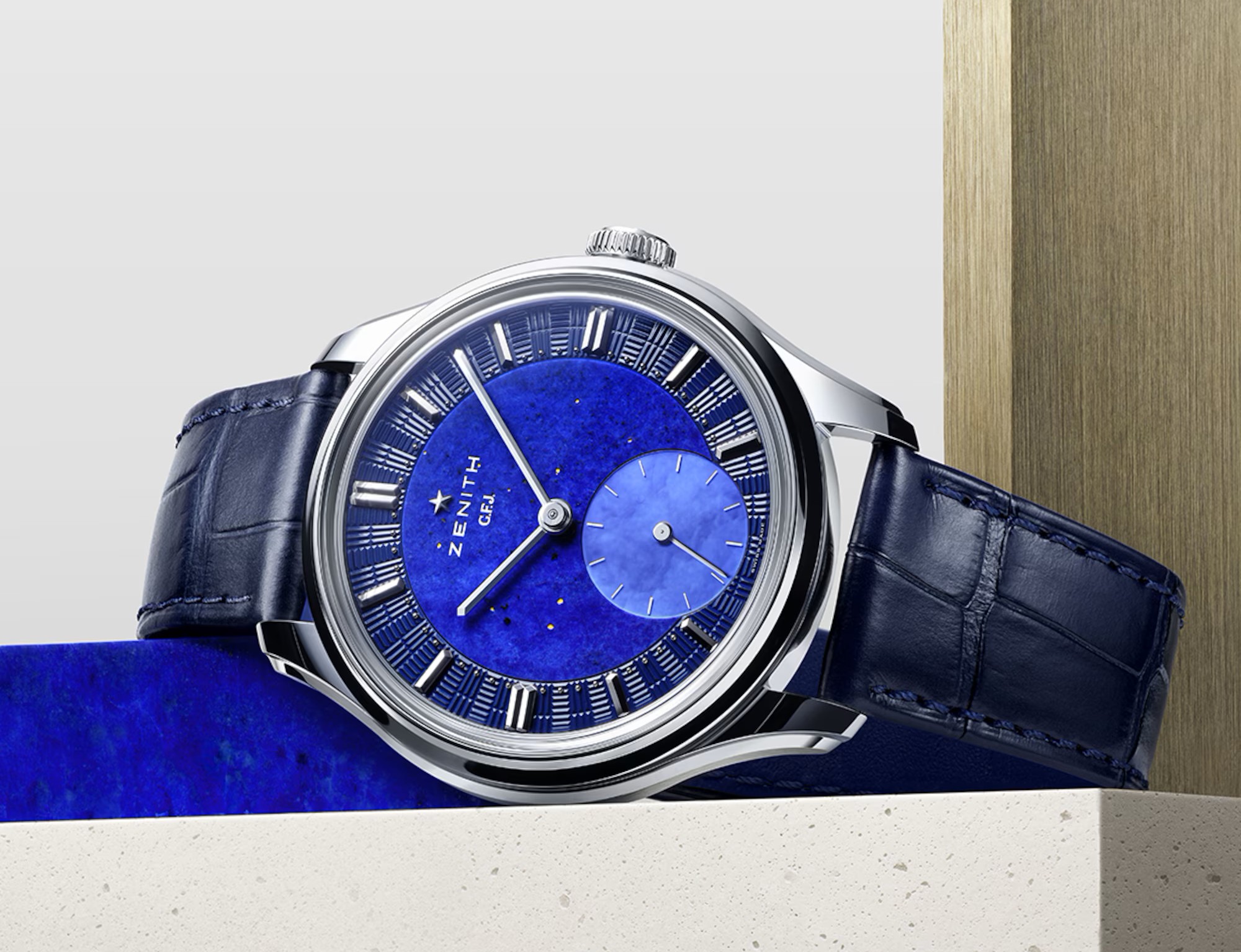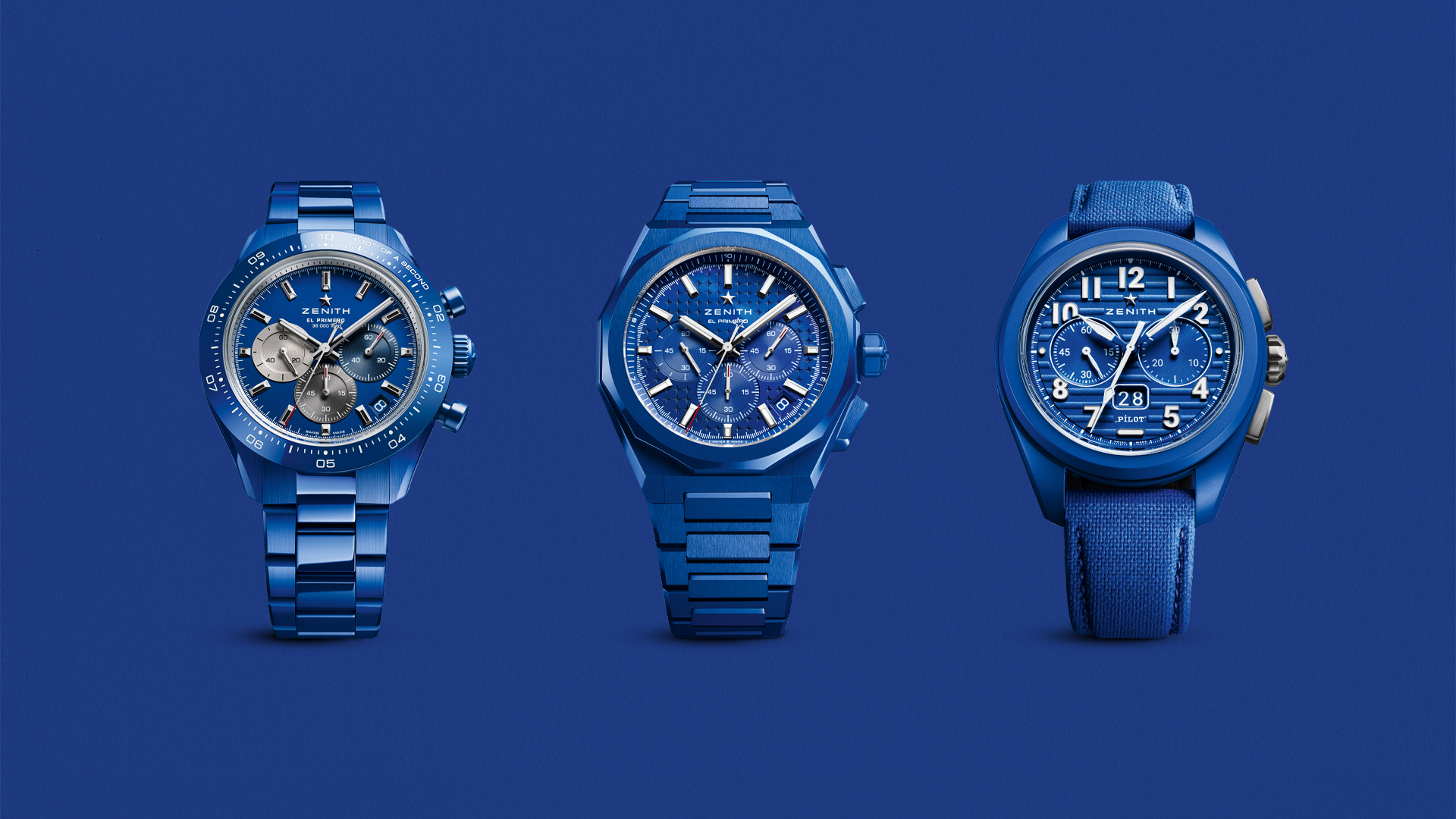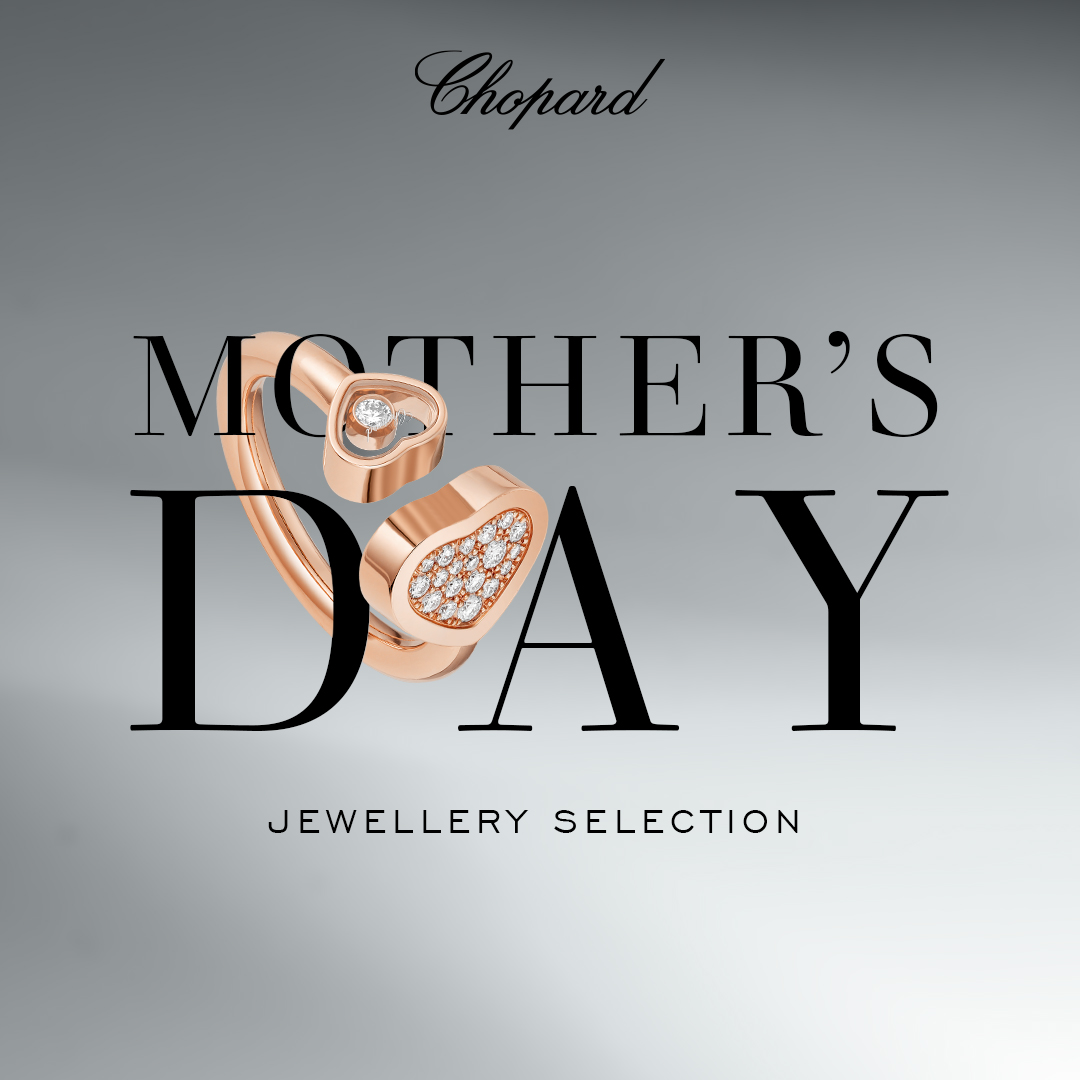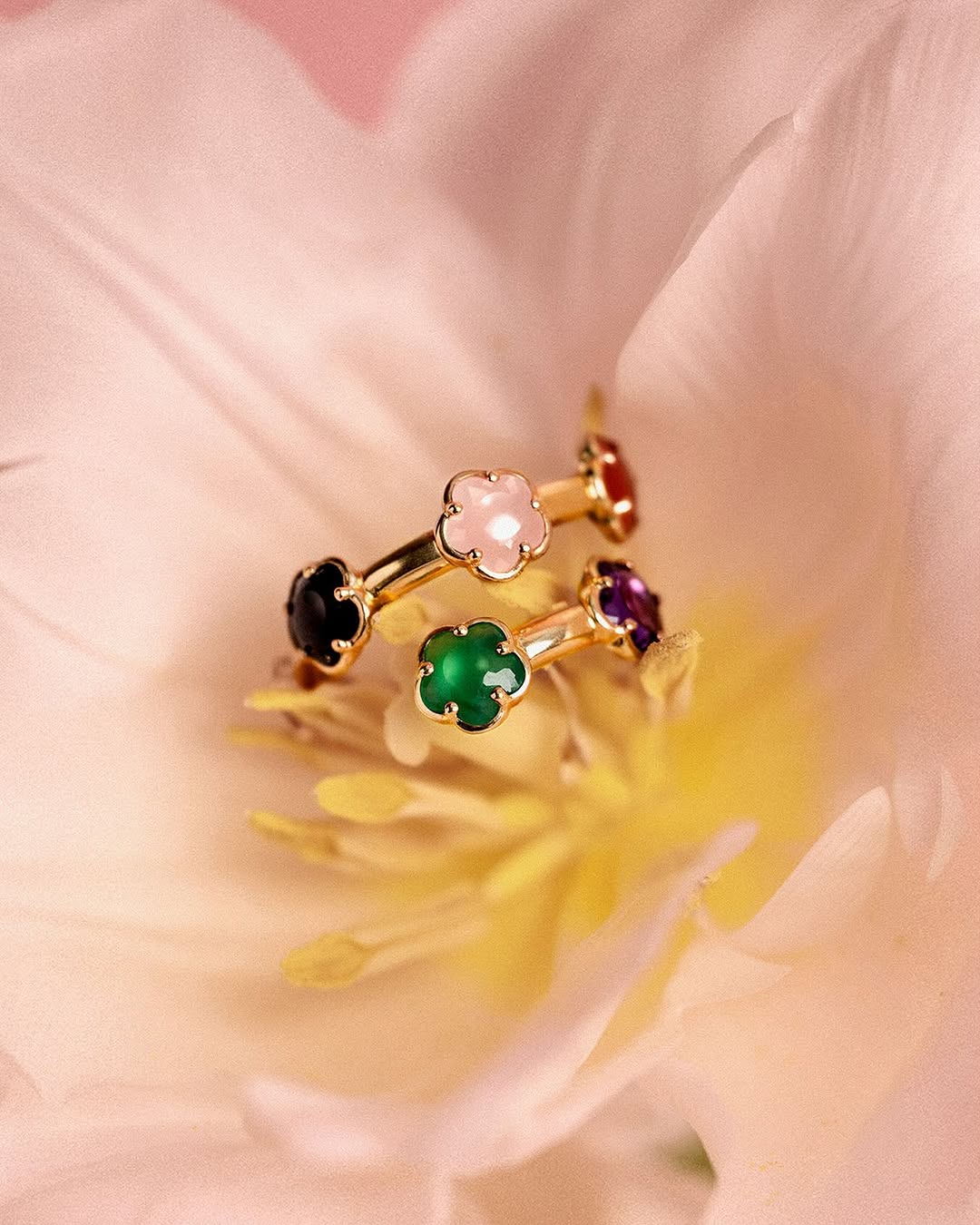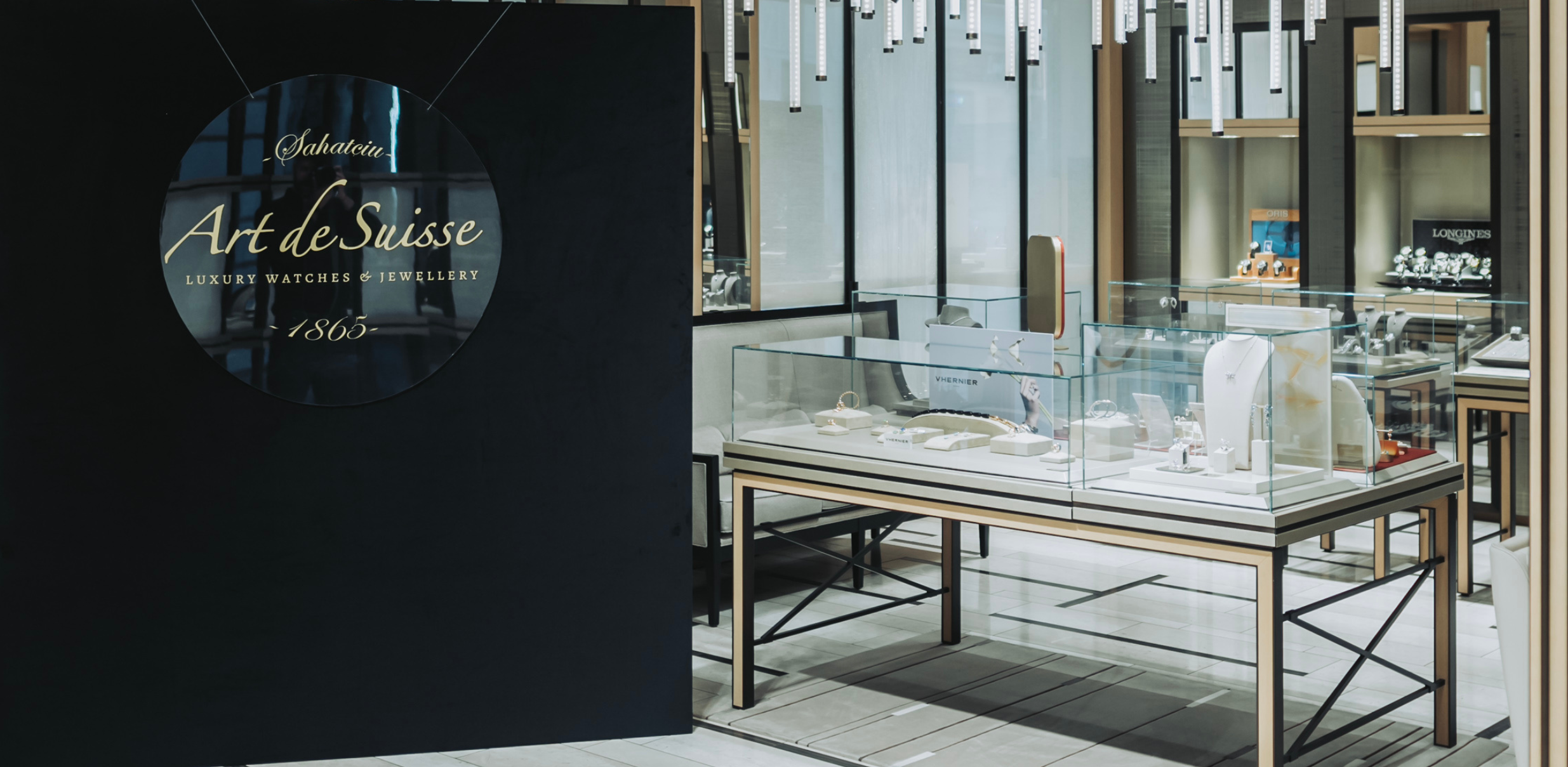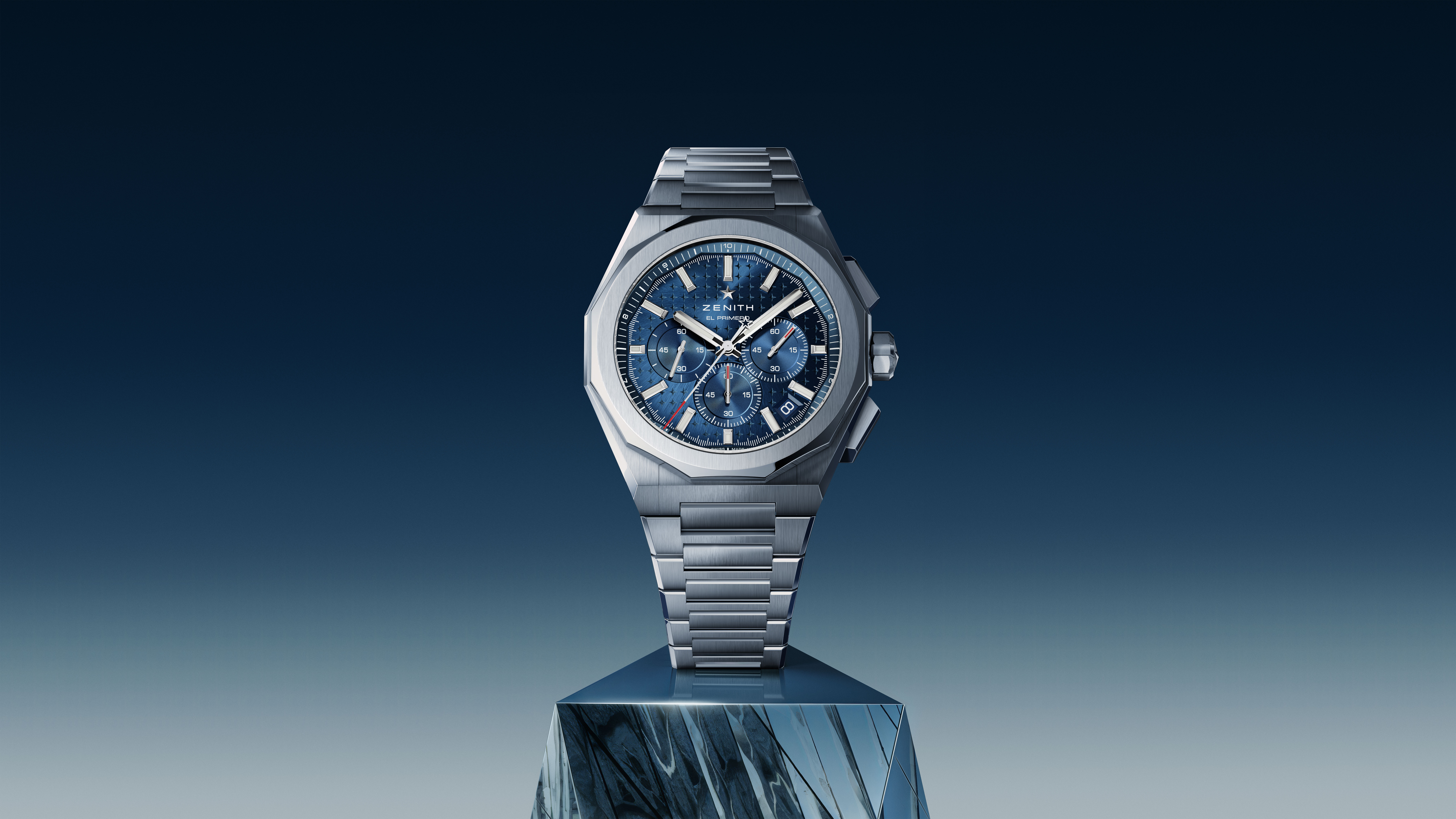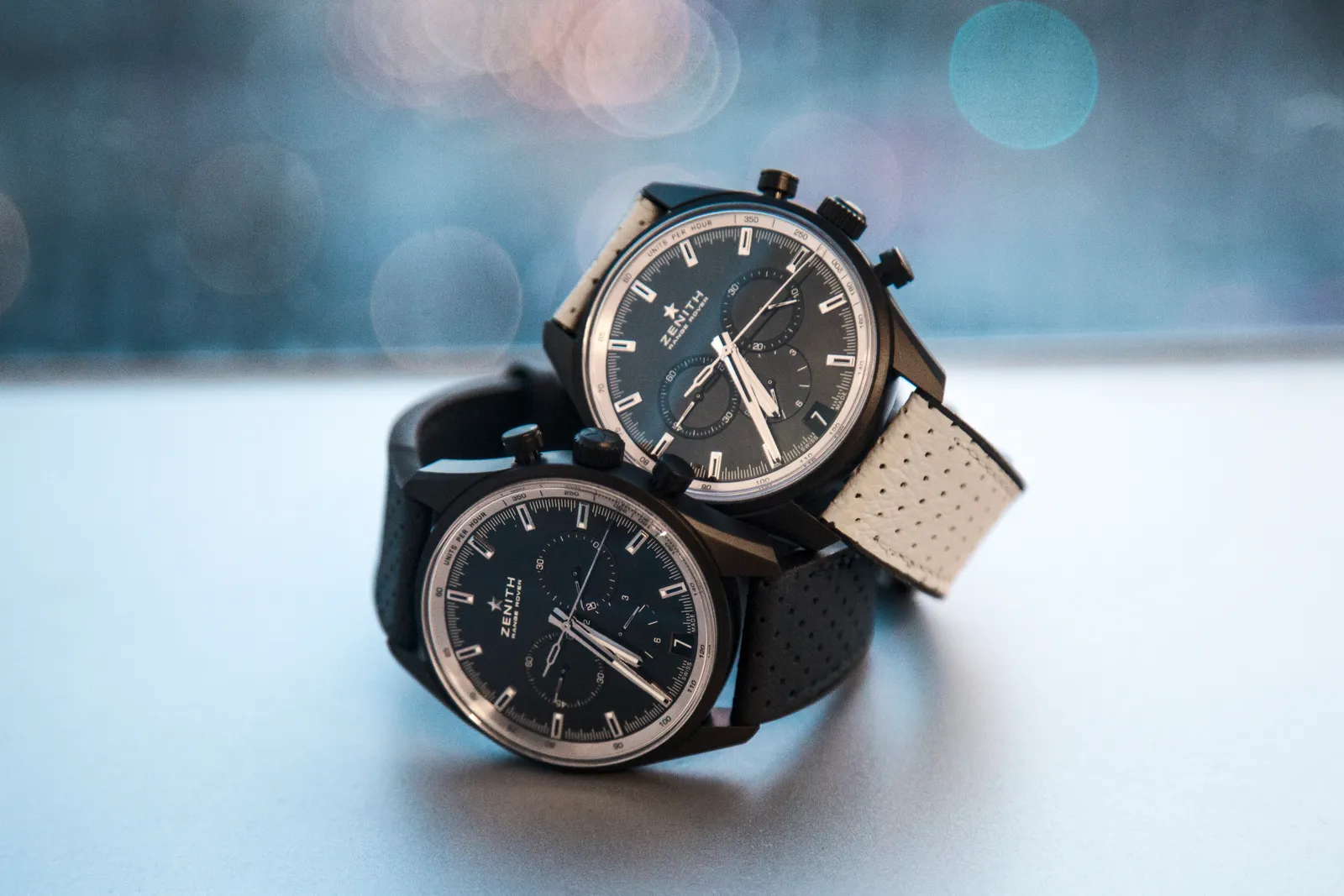Zenith always stood by those who had big dreams and the determination to fulfill them. "Time to touch the stars" has been Zenith's credo since its founding. It's not just a slogan, it's about a coherent philosophy and approach that has been reflected in all the brand's activities since the beginning. since its inception.
It all started with Georges Favre-Jacot. Georges Favre-Jacot was a 19th century visionary who dreamed of creating the most accurate watch ever made. At the age of just 22, he founded the first integrated watchmaking manufacture in Switzerland. One night, as Georges Favre-Jacot was putting the finishing touches to a new chronometer calibre that would later win numerous awards, he looked up at the star-filled night sky as he walked home. It was then that he realised he had reached his peak and reached for his star. That he had reached his zenith, the highest point in the sky. It was at that moment that the young watchmaker decided to name the nascent calibre and his entire manufacture Zenith, after the term for the peak of a star's trajectory.
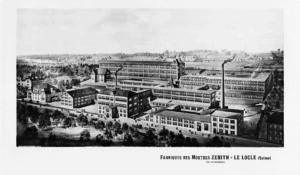
El Primero: the legendary chronograph movement
In the 1960s, the demand for automatic watches grew, reflecting the period's interest in modern technology and convenience. To celebrate its centenary, Zenith set out to build the first automatic chronograph, which was unprecedented at the time. But as Zenith said, so he did, and developed an entirely new high-frequency movement that pushed the boundaries of precision. Launched on 10 January 1969, the El Primero was the first high-frequency automatic chronograph that operated at a frequency of 36,000 semi-frequencies per hour (5 Hz), measuring time to within a tenth of a second. Behind this feat lay seven years of painstaking research. This legendary calibre set new standards in precision and durability and became a revolutionary achievement in watchmaking, accumulating 2,333 chronometric awards to date.
Challenges and competition
There was a race to see who would be the first to introduce an automatic chronograph. It was a highly prestigious affair. Key players such as Seiko and the Chronomatic group (including Breitling and Heuer) entered the fray. Despite stiff competition, Zenith prevailed and publicly unveiled the El Primero. The high frequency and innovative design of this movement allowed it to outperform its rivals and become a symbol of Swiss watchmaking.
Resilience in tough times
The advent of quartz watches in the 1970s posed a significant threat to mechanical watches. The Zenith manufacture was not spared internal problems when it was bought by Zenith Radio Corporation, which decided to concentrate on quartz watches and destroy the legendary El Primero. Although the times were not kind to the prospect of mechanical watches returning, the manufactory's master craftsman, Charles Vermot, who was nevertheless devoted to them, secretly kept the tools and plans needed to produce the El Primero. In doing so, he saved not only the movement but also the legacy of Swiss watchmaking.
Renewal and recognition
In the 1980s, the demand for automatic chronographs increased again, mainly thanks to the Ebel and Rolex brands. The El Primero was given a new lease of life as Rolex fitted it to its Daytona model, confirming the movement's reputation. This partnership and the efforts of Zenith's new management led the El Primero to a renaissance, and the movement became an integral part of Zenith's heritage.
Continuous development
Zenith was acquired by the LVMH group in 1999, which expanded both the manufacture and the functions of El Primero, adding complications such as a tourbillon and perpetual calendar. The El Primero continues to evolve, incorporating innovations such as the Striking 10th and Defy El Primero 21, which measure time to within a hundredth of a second, demonstrating Zenith's ongoing commitment to precision and technological advancement.
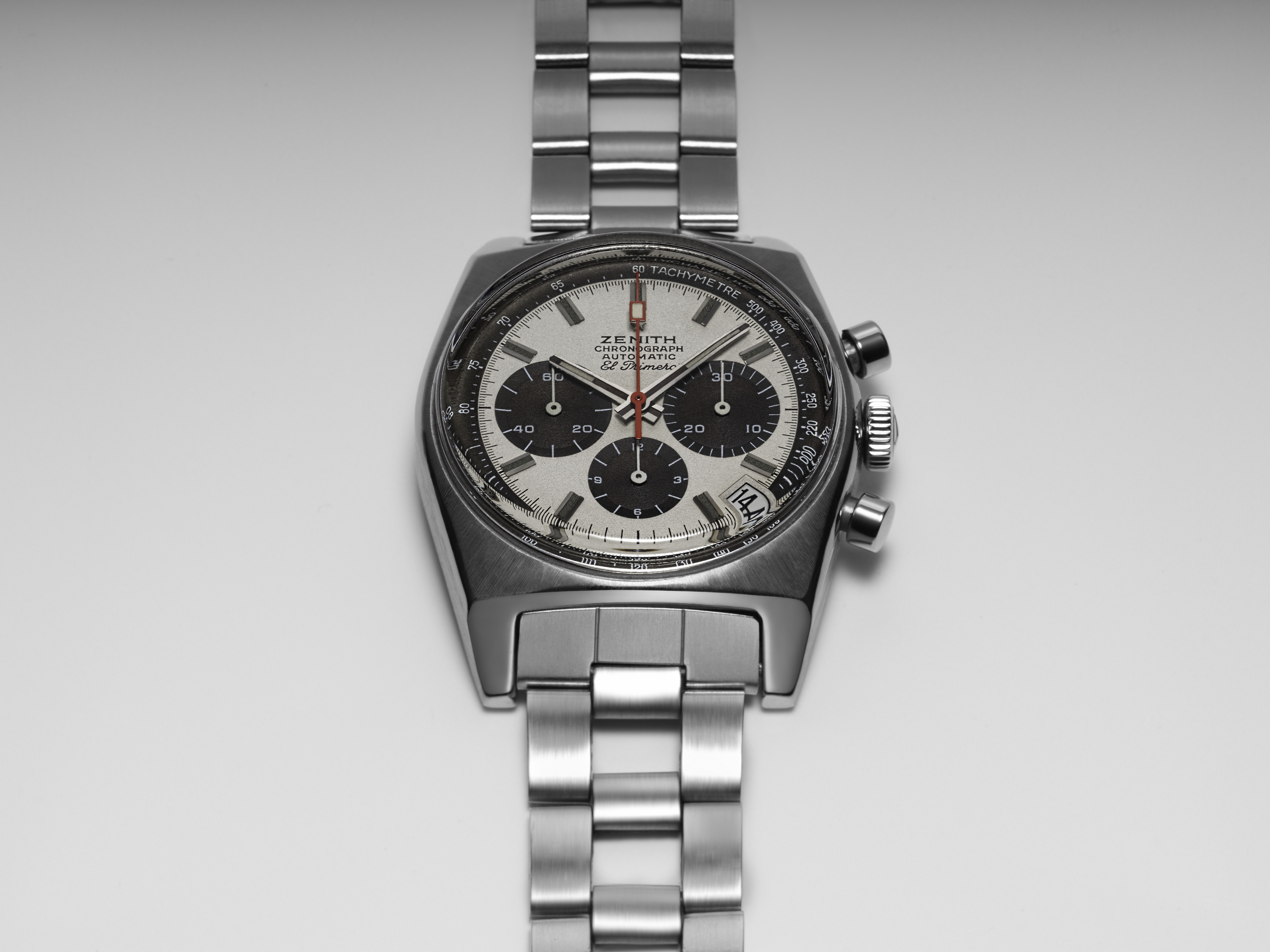

A legacy of precision
El Primero remains a testament to Zenith's innovation and durability. It is a symbol of precision in the watchmaking world and continues to push the boundaries of what is possible in the field of mechanical watches.
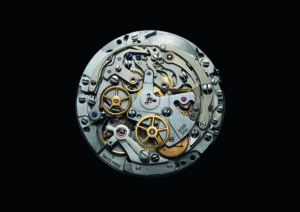
Present and future of Zenith
The Zenith brand inspires people to follow their dreams and turn them into reality against all odds. From the year of its foundation in 1865, Zenith became the first watchmaking manufacture in the modern sense of the word, and its watches have been part of adventures undertaken by extraordinary personalities who dreamed big dreams and strived to achieve the impossible - from Louis Blériot's crossing of the English Channel to Felix Baumgartner's record-breaking jump from the stratosphere. Zenith stays true to his star, which he does by surrounding himself with people who share the same passion and tireless efforts, such as tennis coach Patrick Mouratoglou and world-renowned DJ Carl Cox. Zenith continues to be led by the star of innovation and offers exceptional custom movements in all of its watches. It is constantly pushing the boundaries of what is possible, whether it was the first automatic chronograph, the El Primero, or the fastest chronograph measuring to within a hundredth of a second, the El Primero 21, or perhaps the Inventor, which redesigned the regulating mechanism by replacing more than 30 parts with a single monolithic element. Since 1865, Zenith has been shaping the future of Swiss watchmaking, standing alongside those who dare to surpass themselves and break down barriers.
The right time to touch your star is now.

